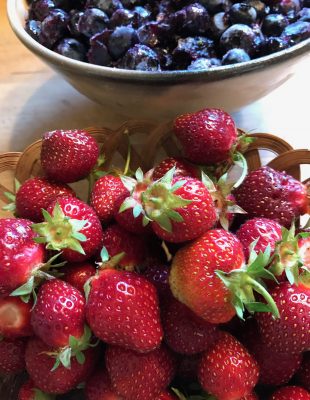Mo’ Plants
Cyclamen Addict
I’ll admit to being an addict. But my addiction — to propagating plants — is benign. It pains me to throw away an interesting seed or pruned-off stem; either can grow into a whole new plant, anything from a charming little flower to a towering tree.
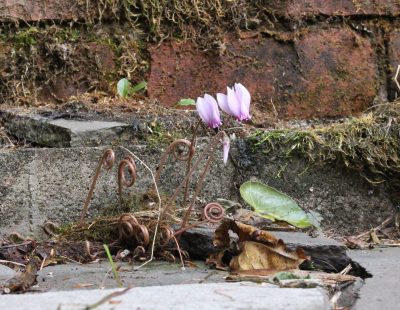
Hardy cyclamen self-sown seedling
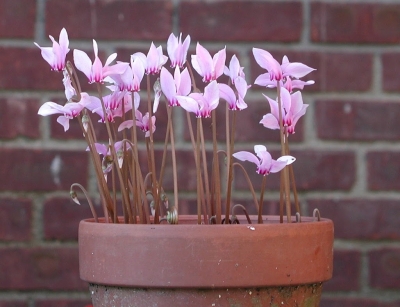
Hardy cyclamen in pot
Case in point are some cyclamen seeds I collected and sowed a couple of years ago. The mother plant is Cyclamen hederifolium, a species that differs from the large, potted cyclamens you now see offered in garden centers, hardware stores, even supermarkets. Cyclamen hederifolium is cold-hardy here, so comes back year after years planted outdoors in the ground, and it’s a dainty plant, with small flowers and commensurately small leaves. Otherwise it looks just about the same as the widely sold commercial species, the pink or white flowers hovering like butterflies on thin stalks above the whorls of variegated leaves.
Following those flowers are seed capsules, mostly hollow balls the size of small marbles each attached to the plant by a stem that is wound up like a spring. It was in the beginning of the growing season 2 years ago that I sowed the seeds in a seed tray filled with sterilized potting mix. (I don’t usually sterilize my potting mixes but I didn’t want weeds to interfere with the slow-germinating seeds.) Eventually the seeds sprouted and I kept them watered, as needed, for good, albeit slow, growth.
Hardy cyclamen’s flowers fade and leaves melt into the ground as plants ease into dormancy with the approach of winter. Not my seedlings, though. I learned, years ago, not to push them into dormancy; instead, keep them growing as long as they want to until they’re ready to start storing energy. Which I did, with plenty of light and, as before, water as needed.
This summer, the plants were still growing — and still small — and I noticed some swelling beneath each plant. 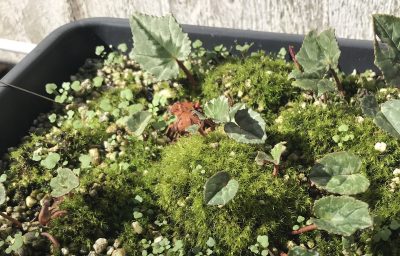 The youngsters finally were growing tubers, small bulb-like structures that will, in the future, store energy to carry the plants, dormant and leafless, through winter.
The youngsters finally were growing tubers, small bulb-like structures that will, in the future, store energy to carry the plants, dormant and leafless, through winter.
This time next year I expect my plants will be officially adult, with flowers as testimony to their maturity.
Little House Not on the Prairie
In her youth, my daughter periodically entered the world of Laura Ingalls Wilder, so the one acre, adjoining field we acquired became “the prairie.” Moving the playhouse I built out to the field would have completed the picture of “little house on the prairie.” The playhouse never got out there but the “prairie” — or “hayfield” — as I usually refer to it, has remained as such.
My affection for prairies came from my living 12 years in Wisconsin (and studying the rich soils — the richest in the world — underlying prairies). My daughter has long outgrown her prairie phase but I’m going to make my “prairie” more prairie-like. One plant for that purpose would be big bluestem (Andropogon gerardii), the star of the Big Four of grasses native to the tall grass prairies, the other three bering indiangrass (Sorghastrum nutans), switchgrass (Panicum virgatum), and little bluestem (Schizachyrium scoparium). Big bluestem is the tallest of the lot towering 6 to 10 feet high. It’s also good for hay and wildlife, and tolerates drought.
A few years ago I bought some big bluestem seeds and ended up with just a few plants. Those plants are now producing seed which — I can’t help myself — I’ve collected. 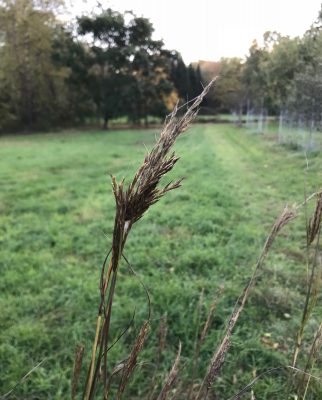 Not that some of the seeds wouldn’t self-sow near the mother plans, but seedlings that do sprout under natural conditions are subject to competition for light, nutrients, and water from other plants.
Not that some of the seeds wouldn’t self-sow near the mother plans, but seedlings that do sprout under natural conditions are subject to competition for light, nutrients, and water from other plants.
Like many fall-ripening seeds, big bluestem seeds won’t sprout as soon as they hit the ground; otherwise winter cold would do them in. So they need “stratification:” a false (or real) winter. For many seeds, cool, moist conditions, such as a few weeks residence in a mix of moist peat and perlite in a plastic bag in the refrigerator will do the trick. Big bluestem can also be coaxed out of its winter slumber with cool, dry conditions. Perhaps I’ll try both ways.
Bluestem Addiction
My present tallgrass prairie is only about 4 square feet, from two seedlings I originally planted plus their slow underground spread with rhizomes. Over time, with my additional plantings and help — a once a year, late winter mowing (taken care of under natural conditions with fire) — my prairie will swell.
A prairie takes time, as does, though less is needed, raising cyclamen to flower from seed. That time element itself brings with it certain satisfactions, both with the process and the result. That’s fortunate, since patience is an important element in successful propagation of plants.
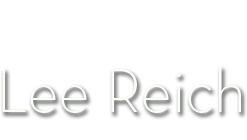
 Weeds have been removed from the paths and the beds, and spent plants have been cleared away. What remains of crops is a bed with some tall stalks of kale that were planted back in spring. Yet another bed is home to various varieties of lettuce interplanted with endive, all of which went in as transplants after an early crop of green beans had been cleared and the bed was weeded, then covered with an inch depth of compost. Also still lush green is a bed previously home to edamame, which was subsequently weeded, composted, and then seeded with turnips and winter radishes back in August.
Weeds have been removed from the paths and the beds, and spent plants have been cleared away. What remains of crops is a bed with some tall stalks of kale that were planted back in spring. Yet another bed is home to various varieties of lettuce interplanted with endive, all of which went in as transplants after an early crop of green beans had been cleared and the bed was weeded, then covered with an inch depth of compost. Also still lush green is a bed previously home to edamame, which was subsequently weeded, composted, and then seeded with turnips and winter radishes back in August.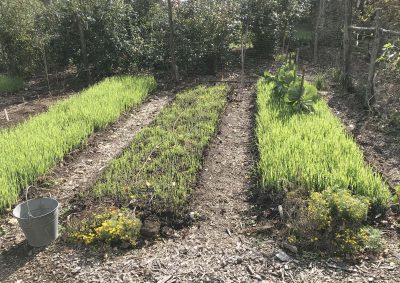
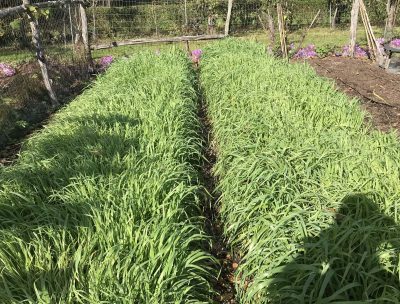 Below ground, oat roots pull up nutrients that rain and snow might otherwise leach away into the groundwater.
Below ground, oat roots pull up nutrients that rain and snow might otherwise leach away into the groundwater.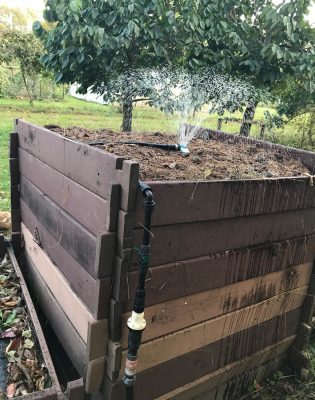
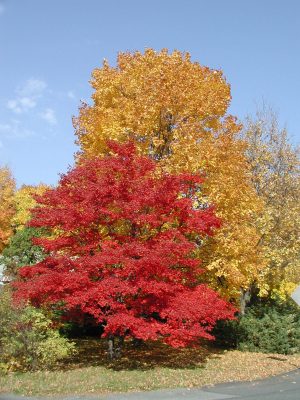
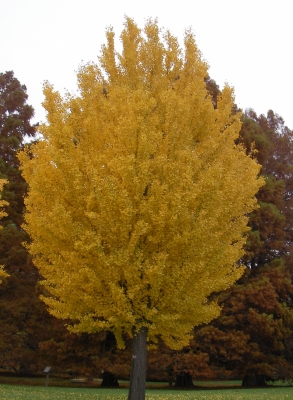


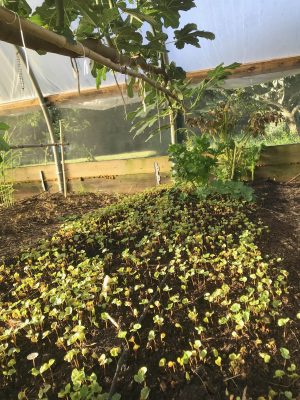 Buckwheat provides a quick and temporary cover of the bare ground. Sprinkling it with water assured its getting off to a quick start.
Buckwheat provides a quick and temporary cover of the bare ground. Sprinkling it with water assured its getting off to a quick start.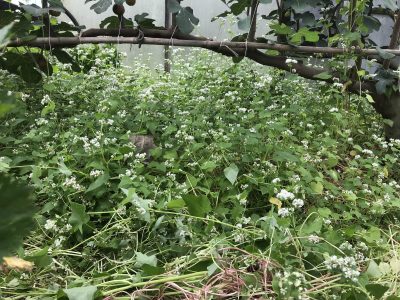 Below ground, the roots were latching onto nutrients that might otherwise leach away, bringing them up into the roots, stems, and leaves.
Below ground, the roots were latching onto nutrients that might otherwise leach away, bringing them up into the roots, stems, and leaves.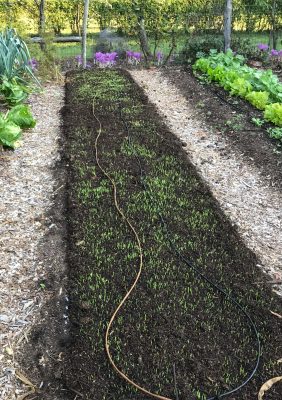 So any bed no longer needed for autumn vegetables and cleared before about the end of September gets oats (and compost). After the end of September, short days don’t provide enough light for the oats to grow enough to warrant planting.
So any bed no longer needed for autumn vegetables and cleared before about the end of September gets oats (and compost). After the end of September, short days don’t provide enough light for the oats to grow enough to warrant planting. While I have great respect for soil, it’s not pretty to look at — and being bared isn’t good for the soil or the plants growing in it. I’d much rather look at a uniform, green carpet than bare, brown soil.
While I have great respect for soil, it’s not pretty to look at — and being bared isn’t good for the soil or the plants growing in it. I’d much rather look at a uniform, green carpet than bare, brown soil. As it turns out, even taste is a matter of taste: To me, Garden Gem is not a great-tasting tomato; not even a good-tasting tomato. It lacked any sweetness or richness to smooth out the acidity, which is basically all I tasted.
As it turns out, even taste is a matter of taste: To me, Garden Gem is not a great-tasting tomato; not even a good-tasting tomato. It lacked any sweetness or richness to smooth out the acidity, which is basically all I tasted.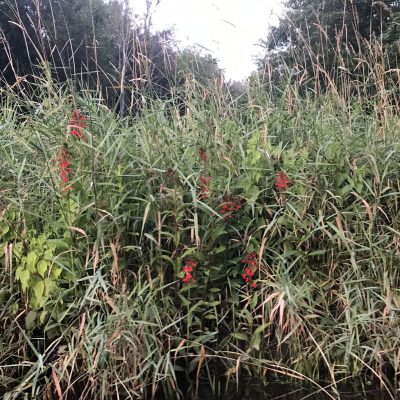 More than I have ever seen in the wild. (In Chanticleer Garden outside Philadelphia is a wet meadow planted thickly with cardinal flowers.)
More than I have ever seen in the wild. (In Chanticleer Garden outside Philadelphia is a wet meadow planted thickly with cardinal flowers.)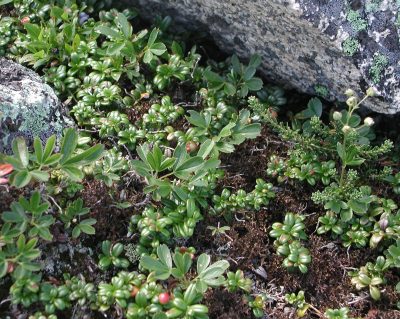
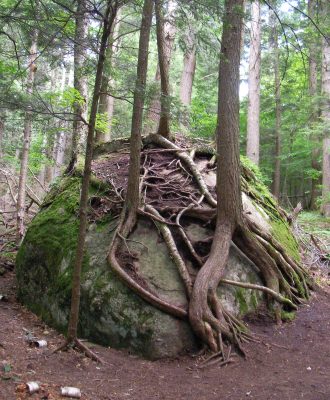
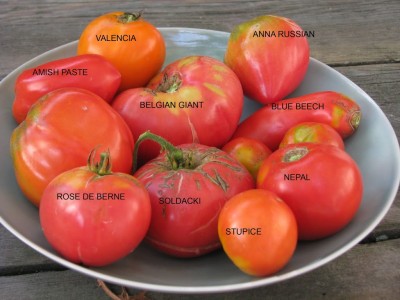 (Compost is all my vegetables get.) And perhaps focussing more on what food really tastes like. Does Sugarbuns supersweet really taste like corn. Or a candy bar?
(Compost is all my vegetables get.) And perhaps focussing more on what food really tastes like. Does Sugarbuns supersweet really taste like corn. Or a candy bar?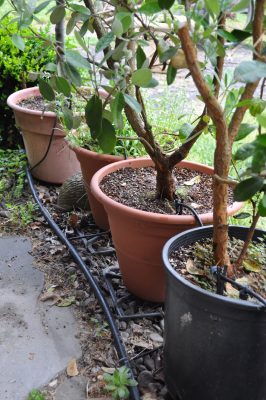 The fittings for wending water through tubes around corners and up into pots are low pressure fittings; the pressure lowers water pressure to a mere 20 psi.
The fittings for wending water through tubes around corners and up into pots are low pressure fittings; the pressure lowers water pressure to a mere 20 psi.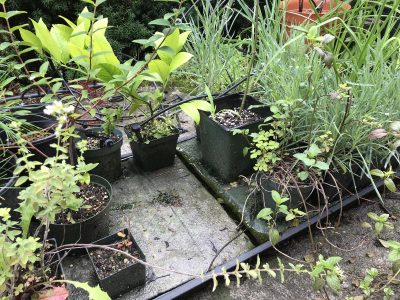 Part of the capillary mat dips into the reservoir of water, which gets sucked up into the mat and then sucked up into the potting soil through the drainage holes in each flat-bottomed plant pot.
Part of the capillary mat dips into the reservoir of water, which gets sucked up into the mat and then sucked up into the potting soil through the drainage holes in each flat-bottomed plant pot.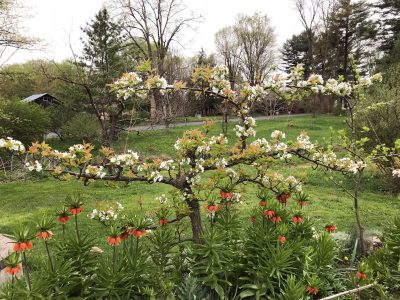

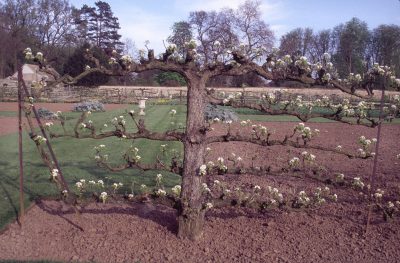
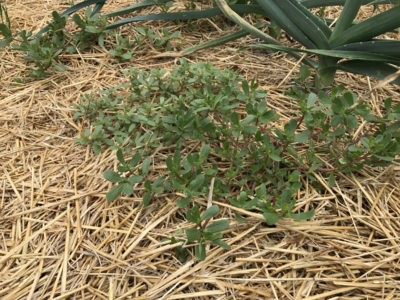
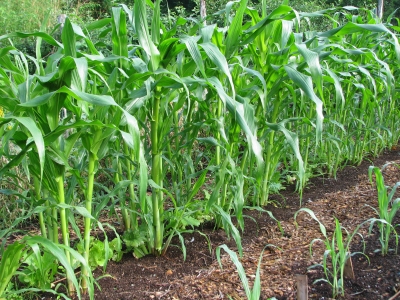 Hot, dry weather in August drives Kentucky bluegrass, a C3 grass, into dormancy. Not so for crabgrass, a C4 plant, which remains happily green.
Hot, dry weather in August drives Kentucky bluegrass, a C3 grass, into dormancy. Not so for crabgrass, a C4 plant, which remains happily green.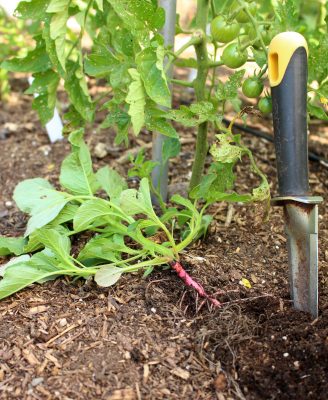

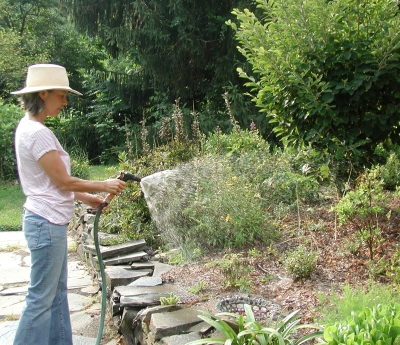 Usually, about an hour, once a week, is what it takes. (That’s a long time to stand still holding a hose.) Unless it rains. Then less might be needed.
Usually, about an hour, once a week, is what it takes. (That’s a long time to stand still holding a hose.) Unless it rains. Then less might be needed.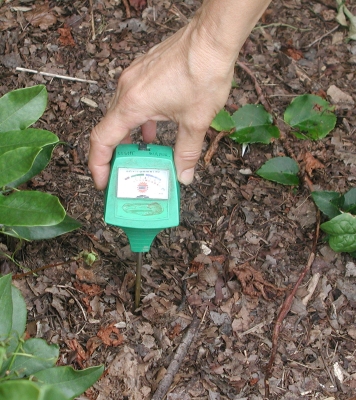
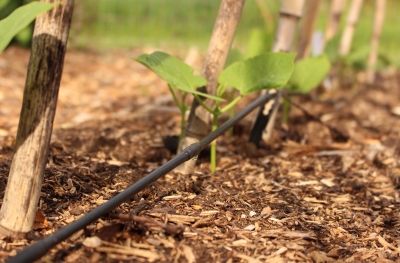 My drip system is on a timer, and the time needed to apply this amount depends on the rate of flow from each emitter as well as the spacing of emitters.
My drip system is on a timer, and the time needed to apply this amount depends on the rate of flow from each emitter as well as the spacing of emitters.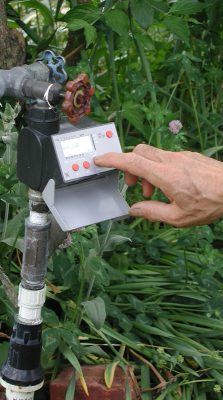

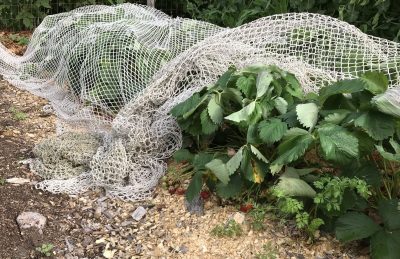 Once Earliglow stops bearing for the season, the bed will need renovation and, through the season, its runners pinched off weekly to keep each plant “spacey.”
Once Earliglow stops bearing for the season, the bed will need renovation and, through the season, its runners pinched off weekly to keep each plant “spacey.”